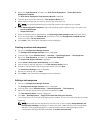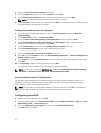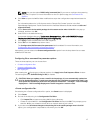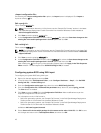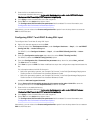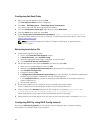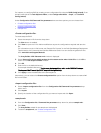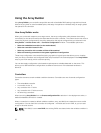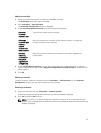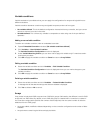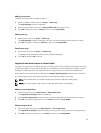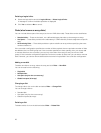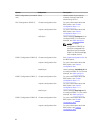
Using the Array Builder
Using Array Builder, you can define arrays/disk sets with all available RAID settings, logical drives/virtual
disks of varying sizes or use all available space, and assign hot spares to individual arrays or assign global
hot spares to the controller.
How Array Builder works
When you run the task sequence on a target server, the array configuration utility detects the existing
controller(s) on the server as well as the disks attached to each controller. The custom action then tries to
match the physical configuration(s) the utility detected to the logical configurations you selected in the
Array Builder- <xml file name>.xml → Controller Configuration window. The available options are:
• Select the embedded controller (on the motherboard)
• Select the controller located in slot
• Select any controller with <number of disks> disks attached
• Select all remaining controllers in the system regardless of configuration
These array configuration rules are defined using a graphical, logical layout that allows you to visualize
how your array controllers are configured. Rules are processed in the order displayed in the Array Builder
tree, so you know exactly which rules have priority.
You can also apply configuration rules based on task sequence variables detected on the server. This
allows you to define different configurations to different servers even if the detected hardware is
identical.
Controllers
Controller elements contain variable condition elements. Controllers are one of several configuration
types:
• The embedded controller
• A controller in slot "X"
• Any controller with "X" disks
• Any controller with "X" disks or more
• All remaining controllers
When launching Array Builder from a <Create configuration file> selection in the deployment action, a
default embedded controller is created.
When a controller is created, a default variable condition, array, and disk(s) are created to ensure a valid
configuration. You can leave the controller unconfigured - with disks set to non-RAID, or you can add
arrays or do other actions.
NOTE: If the disk(s) is set to non-RAID, the existing RAIDs are cleared when the variable condition is
not met.
22



